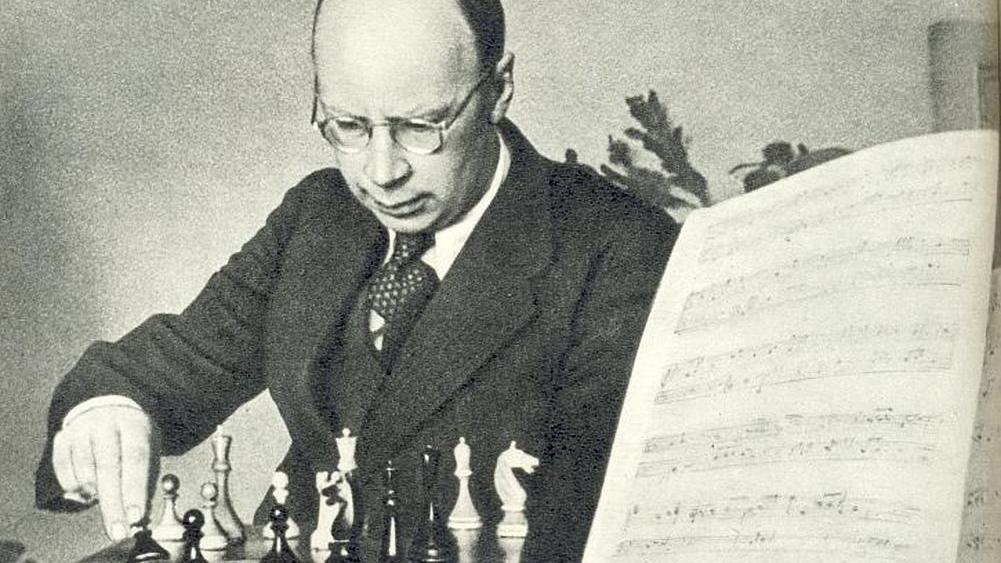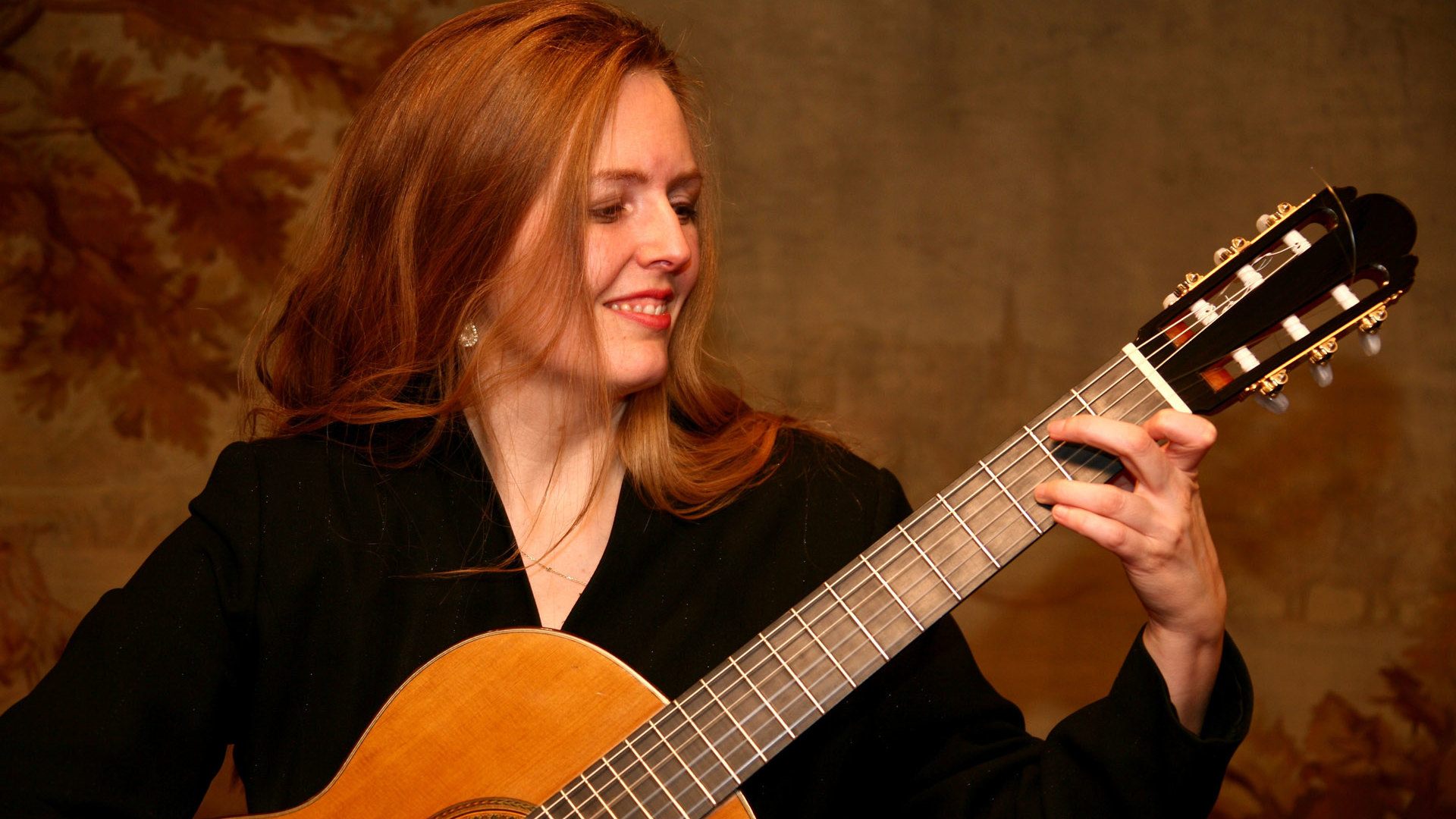Prokofiev’s Sinfonia Concertante: A Grand Hybrid for Cello and Orchestra
The Sinfonia Concertante, Op. 125 (or Symphony-Concerto for Cello and Orchestra, as it is also known), was among the last orchestral works composed by Sergei Prokofiev. The dramatic, spirited musical hybrid was conceived at a time when Prokofiev faced declining health and professional adversity. In 1948, he was censured, along with other prominent composers, by the Central Committee of the Communist Party for writing music “marked with formalist perversions…alien to the Soviet …







